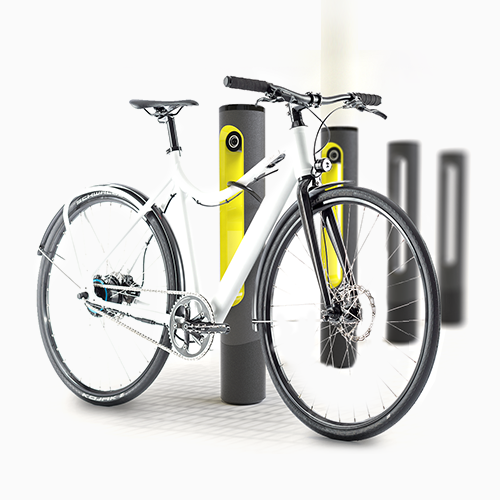Electric bicycles, or e-bikes, have seen a huge surge in popularity over the past few years as more people seek environmentally-friendly transportation options. However, as their adoption grows, so does the need for convenient charging infrastructure. Fortunately, the e-bike charging station is emerging as the solution to power this growing mobility trend.
The Need for Charging Stations
With e-bike batteries only lasting 20-40 miles on a single charge, finding places to plug in has been a challenge for many riders. Most charge their bikes at home overnight or bring chargers to work. However, as commuters and recreational riders start depending more on e-bikes for urban transportation or trail access, having access to public charging points becomes crucial.
With the rise of dockless bike and scooter sharing programs in cities, companies are also realizing the importance of centralized infrastructure to keep fleets charged up and available. With upwards of a hundred vehicles per station, these hubs help micromobility services scale up operations and expand to new areas.
The lack of ubiquitous fast charging on the go has limited the distances electric two-wheelers can realistically replace car trips. Charging stations aim to change that by giving e-bike riders the confidence they can quickly top up batteries during their daily activities away from home or work. This will help further accelerate the transition away from motor vehicles in dense urban environments.
Early Adopters Test the Waters
Some pioneering cities and organizations have already installed early pilot projects to test public demand and refine the design of charging infrastructure.
For example, Montreal installed its first multi-bike charging station in 2020 near a metro station. Riders can plug in two bikes simultaneously, with the option to purchase charge time via an app. Based on high usage, five more stations were added the following year.
In Portland, Oregon, several stations sponsored by local non-profits provide free charging to commuters. These popular hubs helped inform the city’s wider plan to install over 100 stations across the public transportation network by 2025.
Meanwhile in Europe, Amsterdam kicked off an innovative collaboration between the municipality and charging companies. Over 250 stations supplying both bike rental fleets and private e-cyclists were installed in high foot-traffic areas between 2017-2019.
These pioneering projects have proven that where charging infrastructure exists, e-bike adoption will follow. They also provide a roadmap for other cities now looking to scale up their own emerging e-mobility networks.
A New Generation of Charging Stations
Building on these early successes, a new crop of dedicated e-bike charging station manufacturers are emerging with more scalable, user-friendly and solar-powered designs. Here are some examples:
VanMoof’s recently announced Stations are solar-powered and come pre-installed with two charging slots and integrated payment terminals. Additional slots and battery packs can be added as demand grows. Installation is also simplified by needing only a power source, not concrete foundations.
German startup SINFOTRIC has developed compact multi-bike stations with space for bike racks or advertising screens. Charging slots can be remotely monitored and reservations made via app. Their modular design allows clustering stations together in dense areas.
Speebee offers commercial-grade aluminum structure stations that also integrate solar panels, ability to charge up to 6 bikes simultaneously and remote power management. Their stations have already equipped dozens of university and business campuses across Europe and North America.
As the technology matures and prices lower, even DIY solutions may emerge with open-source designs for communities and neighborhoods to self-install smaller local hubs. This could further accelerate the grassroots growth of micro-mobility networks worldwide.
Growing Role in Urban Transportation Infrastructure
With their ability to provide quick recharging on the go, e-bike charging stations are poised to become integral pieces of urban transportation systems. Just as gas stations enabled the rise of automobile dependence, these renewable energy hubs aim to do the same for personalized electric mobility.
Forward-thinking cities are starting to incorporate charging infrastructure blueprints into broader sustainability plans. Installation targets, preferred high-traffic locations and integration with existing transit are all part of developing future-proofed e-mobility networks.
Some predict fleets of dockless shared e-bikes and scooters, recharged via strategically placed stations, could replace up to 30% of car trips in dense cities within a decade. This would have enormous impacts on emissions reductions, urban livability and public health.
As costs continue to decline, partnerships form and standards develop, charging stations have the potential to unlock e-bikes as a mass-adopted transportation alternative. With their arrival, the future of emission-free urban mobility appears increasingly electric…and rechargeable wherever you need it most. Stay tuned as this revolution continues accelerating in cities around the world.



